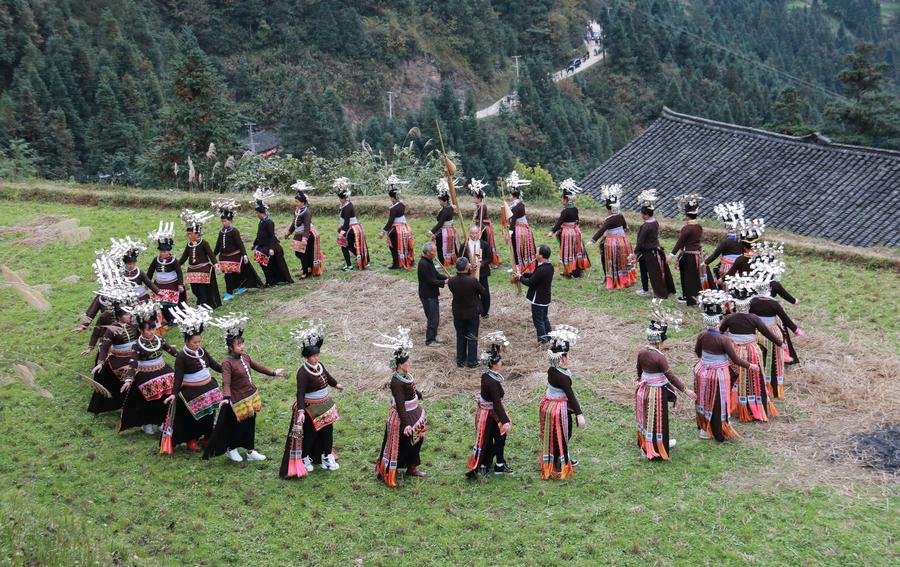The Hmong people, with their vibrant culture, distinctive traditions, and deep-rooted history, form a unique ethnic group primarily residing in the mountainous regions of China, Vietnam, Laos, and Thailand. As we journey into 2023, let’s delve deeper into the lives, evolution, and current state of the Hmong community in China.
Historical Background
The Hmong, known in China as the Miao (苗族), have lived in the southern provinces of China for millennia. Historically, they’ve had a complex relationship with central Chinese authorities, often marked by periods of tension and resistance. Despite these challenges, the Hmong have preserved their identity, maintaining their distinct dialects, customs, and traditions.
Geographical Distribution
In China, the Hmong primarily inhabit the provinces of Guizhou, Yunnan, Hunan, and Sichuan. They dwell in hilly or mountainous terrains, living in tight-knit communities and often following a traditional, agrarian way of life.
Culture and Traditions
The Hmong culture is rich and varied, with music, dance, and textile arts playing pivotal roles:
- Clothing: Hmong textiles are renowned for their intricate embroidery, batik, and pleated skirts. These garments often depict stories, beliefs, or significant life events.
- Festivals: Celebrations such as the Hmong New Year provide insight into their vibrant culture. This festival involves music, dance, and the famous ball-tossing game, which also serves as a social event for young singles to meet.
- Music: The Hmong’s musical traditions, including the use of the qeej—a wind instrument—are integral to their cultural ceremonies, storytelling, and celebrations.
Modern Integration and Challenges
By 2023, like many indigenous and ethnic groups around the world, the Hmong in China face the pressures of globalization and urbanization:
- Migration: As cities expand and offer economic opportunities, many young Hmong individuals migrate to urban areas. While this brings financial benefits, it often distances them from their traditional roots.
- Education: The Chinese government, in recent years, has made efforts to provide better educational facilities in Hmong-dominated areas. This, however, poses linguistic challenges as Mandarin becomes the medium of instruction, and some Hmong dialects risk becoming endangered.
- Cultural Tourism: With increasing interest in ethnic tourism, many Hmong villages have become destinations for visitors eager to witness their unique way of life. While this brings economic advantages, there’s a fine line between cultural appreciation and commodification.
In Conclusion
The Hmong community in China, in 2023, is a testament to the endurance and resilience of indigenous cultures. They continue to negotiate their space, preserving their traditions while adapting to the changing world. As we recognize and respect their contributions, it’s vital to ensure that their unique heritage remains unadulterated and thrives for generations to come.
#3Hmoob #Hmong #Hmoob



